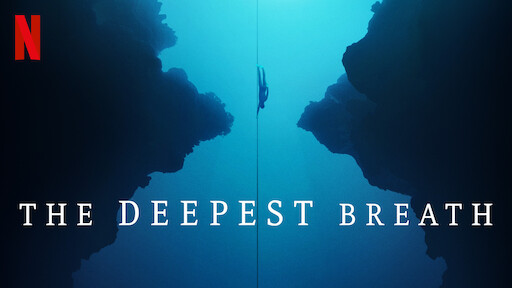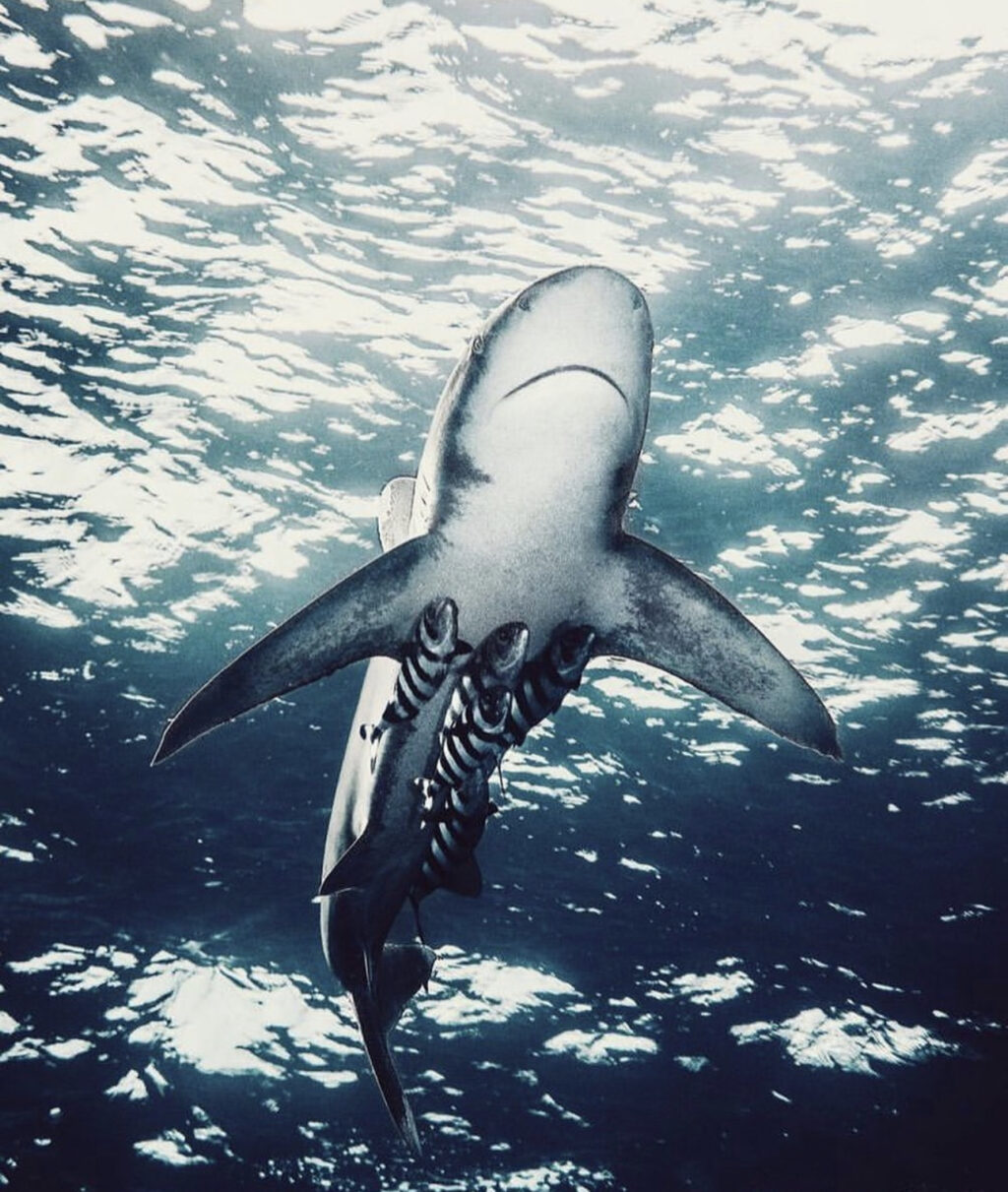


Legendary Duo: Blue Hole, Thistlegorm (HRG-HRG)
Hurghada – Hurghada, from airport 15 minutes to the dive deck. The legendary duo of the Red Sea – the Dahab Blue Hole and Thistlegorm wreck. Start with four wrecks at Abu Nuhas, rich in history and marine life. Dive the strong currents of Tiran Island, meetings with reef sharks and hammerhead sharks. Iconic point is the Blue Hole a 100M deep cave- cite challenging even the bravest. Touch the history of WWII at the Thistlegorm, a sunken British cargo ship. Cinematic itinerary which ends with relaxed dives and dolphin encounters at Fanus.
The itinerary offered only for full charter bookings and group bookings. Individual divers are welcome to be added to waiting list for notification when new week is open ! Contact us !
Why to choose “Legendary Duo”?
–Blue Hole and Canyon in Dahab: Dive the thrilling Blue Hole, a 100-meter-deep sinkhole with a cave featured in multiple documentaries and movies, including “The Blue Hole.” This site, often called the “Divers’ Cemetery,” has claimed the lives of over 150 divers. A challenge for the best of divers! Explore the unique underwater topography of the Canyon at Dahab area.
–Iconic Thistlegorm Wreck: Touch history by diving the Thistlegorm, a WWII British cargo ship sunk on October 6, 1941, by a German bomber. The wreck is a time capsule filled with artifacts like motorcycles, trucks, and military equipment.
–Best Wrecks of the Red Sea in One Week: Begin with the historic wrecks of Abu Nuhas and conclude with the legendary Thistlegorm, offering a comprehensive wreck diving experience that includes the Giannis D, Carnatic, Chrisoula K, and Kimon M.
–Big Pelagics of the Red Sea: Encounter reef sharks and hammerhead sharks at Tiran Island, and swim with dolphins at Fanus. This itinerary offers the chance to see the diverse and exciting marine life that the Red Sea is famous for, including Napoleon wrasse, moray eels, parrotfish, eagle rays, and turtles.
Detailed Description :
Abu Nuhas (Sunday):
- Dive four wrecks – Giannis D, Carnatic, Chrisoula K, and Kimon M.
- Marine Life: Dolphins, barracudas, moray eels, reef fish.
Tiran Island (Monday):
- Known for strong currents and shark dives.
- Dive Jackson Reef, Woodhouse Reef, Thomas Reef.
- Marine Life: Reef sharks, hammerhead sharks, eagle rays, large schools of fish.
Dahab Area (Tuesday):
- The Blue Hole is over 100 meters deep. Dive Canyon and Bells.
- Main Points: Blue Hole morning dive, explore unique underwater topography.
- Marine Life: Napoleon wrasse, parrotfish, occasional whale sharks.
- Shocking Fact: Over 150 divers have lost their lives at the Blue Hole, earning it the nickname “Divers’ Cemetery.”
Ras Mohammed (Wednesday):
- Pristine coral reefs, tunnels, caves.
- Main Points: Shark Reef, Yolanda Reef, Jackfish Alley.
- Marine Life: Turtles, barracudas, giant trevallies, coral formations.
Thistlegorm (Thursday):
- Iconic WWII wreck with motorcycles, trucks, military gear.
- Main Points: Dive a ship sunk by a German bomber in 1941.
- Marine Life: Batfish, trevallies, scorpionfish, groupers.
Fanus (Friday):
- Calm waters, frequent dolphin sightings.
- Main Points: Relaxed dives, swim with dolphins.
- Marine Life: Dolphins, moray eels, parrotfish, butterflyfish.
Saturday:
- Morning Check-Out: Disembark in Hurghada after a week of incredible diving.
Blue Hole in Dahab
The Blue Hole in Dahab is a sinkhole that reaches depths of over 100 meters. Dive into the Blue Hole and explore one of the most mysterious and thrilling underwater landscapes on the planet. It is one of the most famous dive sites in the world, often referred to as the “Divers’ Cemetery.” Over 150 divers have lost their lives here, making it one of the deadliest dive sites globally. The Blue Hole features an arch at 56 meters, leading to open water, which tempts experienced divers but poses significant risks. One of the most poignant stories involves Yuri Lipski, a freediver who tragically lost his life here, his final moments captured on camera as a testament to the site’s dangers.
The Blue Hole has been the subject of multiple documentaries and movies, including “The Blue Hole” and “Dahab – Blue Hole Divers.” The sinkhole’s vertical walls are covered with corals and attract various marine species, including Napoleon wrasse, barracudas, moray eels, parrotfish, and trevallies.
Completing a dive in the Blue Hole offers a unique underwater challenge, pushing the limits of diving skills. After conquering the Blue Hole, a diver can be confident that they have faced one of the most demanding dive sites in the world. The surrounding area, including the Canyon, provides additional dive sites with interesting underwater topography, making Dahab a must-visit destination for adventurous divers.


“The Deepest breath” is a 2023 documentary by Netflix about a tragic story of a freediver Alessia Zecchini and her partner happened in Blue Hole, Dahab.
Iconic Thistlegorm Wreck
The Thistlegorm wreck, a WWII British cargo ship, rests at the bottom of the Red Sea at a depth of about 30 meters. Sunk on October 6, 1941, by a German bomber, the Thistlegorm is a time capsule filled with artifacts like motorcycles, trucks, and military equipment. This historic dive site offers a unique glimpse into the past, allowing divers to touch history and explore a ship frozen in time.
The Thistlegorm was carrying supplies intended for the British 8th Army in North Africa, including BSA motorcycles, Bedford trucks, Bren guns, Lee-Enfield rifles, aircraft parts, and even two steam locomotives. Diving the Thistlegorm is like stepping into a submerged museum. As you navigate through the wreckage, you’ll encounter the ship’s cargo, including locomotives, rifles, and well-preserved war supplies.
The wreck is home to a variety of marine species, including batfish, trevallies, scorpionfish, groupers, and moray eels, adding an extra layer of excitement to your dive. The Thistlegorm has been featured in numerous documentaries and articles. It was rediscovered by Jacques Cousteau in the 1950s and has since become one of the most popular wreck dives in the world.
Each dive reveals new artifacts and stories from the past. The ship’s holds are filled with intact supplies, and divers can see the vehicles and munitions that were never delivered. Conquering the Thistlegorm is not just about exploring a wreck; it’s about connecting with history and understanding the impact of war beneath the waves.
The Thistlegorm is also a poignant reminder of the lives lost during the war. Nine crew members and nine soldiers perished in the sinking. Their sacrifice is honored every time divers visit this underwater memorial.
Abu Nuhas Wrecks
Abu Nuhas, located in the northern Red Sea near the Strait of Gubal, is a renowned wreck diving site. This area is famous for its treacherous reef that has claimed numerous ships over the years. Divers can explore four historic wrecks here: Giannis D, Carnatic, Chrisoula K, and Kimon M.
Giannis D:
A Greek cargo ship that sank in 1983, Giannis D lies on her starboard side at depths ranging from 10 to 24 meters.The wreck is split in two, with the stern and bow sections still intact, providing a fascinating exploration opportunity.
Schools of glassfish, lionfish, scorpionfish, and moray eels.
Carnatic:
The Carnatic, a British steamship, sank in 1869 after hitting the reef. The wreck lies at depths of 20 to 27 meters.Known as the “Wine Wreck” due to its cargo of port wine bottles, the Carnatic’s iron frame is encrusted with corals.
Barracudas, groupers, nudibranchs, and octopuses.
Chrisoula K:
This Greek freighter sank in 1981 and is often referred to as the “Tile Wreck” due to its cargo of Italian floor tiles. The wreck rests at a depth of 25 meters, with the superstructure easily accessible and still largely intact.
Batfish, angelfish, pufferfish, and moray eels.
Kimon M:
Another Greek freighter, Kimon M, sank in 1978 while carrying a cargo of lentils. Known as the “Lentil Wreck,” it lies at depths of 12 to 30 meters.The wreck is mostly broken up, but the stern section and engine room are still interesting to explore.
Butterflyfish, surgeonfish, anthias, and crocodilefish.
Diving at Abu Nuhas offers a unique opportunity to explore multiple wrecks in a single location. Each wreck has its own story and distinct marine life, providing a rich and varied diving experience. The wrecks are accessible to divers of various skill levels, making it an attractive destination for both novice and experienced divers.
Why Dive in the Red Sea ?

The Clearest Waters:
Visibility often exceeds 30 meters, making it one of the best diving destinations in the world.

Unmatched Dive Variety:
From iconic wrecks to deep wall shark dives, dolphin encounters, and manta ray sightings, offering something for every diver.

Unique Marine Life:
Over 1,200 fish species, 10% of which are found nowhere else on Earth.

Year-Round Access:
No seasonality means world-class diving is available any time of the year.

Best Price-Quality Ratio:
The Red Sea offers incredible diving experiences at globally competitive rates.

Average Temperatures in the Red Sea, Egypt
Water Temperature:
Winter: 22°C (72°F)
Spring: 23-25°C (73-77°F)
Summer: 26-28°C (79-82°F)
Autumn: 24-27°C (75-81°F)
Air Temperature:
Autumn: 22-30°C (72-86°F)
Winter: 18-23°C (64-73°F)
Spring: 20-28°C (68-82°F)
Summer: 28-35°C (82-95°F)
Book your next scuba trip
Contact us to choose the best plan for your personal trip or professional scuba project

- Best price/quality ratio
- 24/7 customer support

